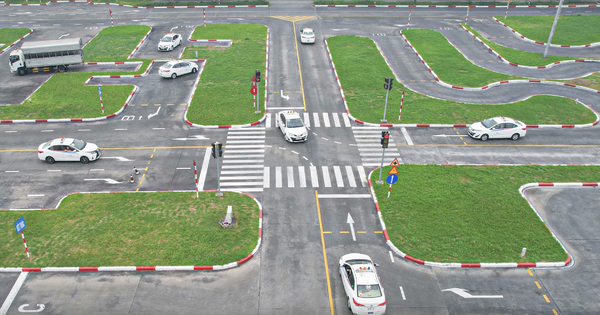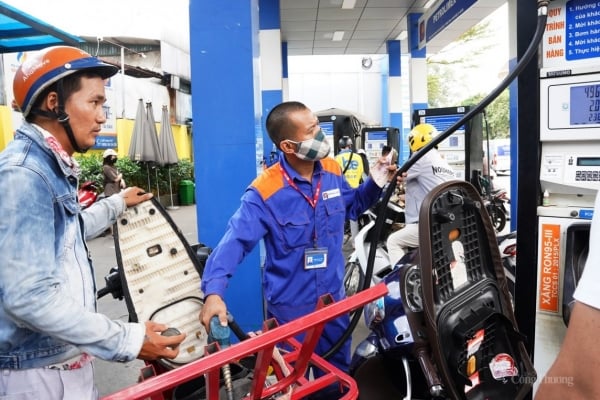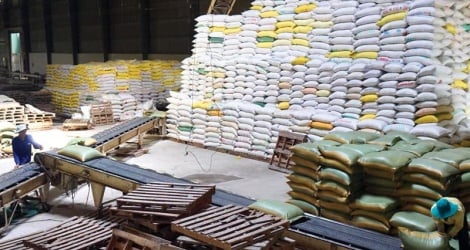To help businesses overcome cash flow difficulties, the Prime Minister has just asked the Ministry of Finance to find ways to speed up value-added tax (VAT) refunds.
In the telegram on the afternoon of May 26, Prime Minister Pham Minh Chinh assigned the Ministry of Finance to inspect and urge the General Department of Taxation to speed up the guidance and implementation of VAT refunds for businesses and people.
Previously, associations and businesses in industries such as wood, paper, and rubber said that having thousands of billions of VND in VAT refunds "held" for a long time had exhausted them. Even in a state of capital shortage, businesses were at risk of bankruptcy. Therefore, since the end of last year, associations have continuously called for help due to unreasonable VAT refund implementation.
In addition, the Ministry of Finance is required to continue implementing policies on tax and fee extensions and exemptions, as well as proposing other policies if there is room. This is to help businesses increase their competitiveness in the context of many economic fluctuations and difficulties.
The State Bank has been assigned to continue to find ways to lower interest rates to help businesses increase their access to capital. The agency must also review the VND40,000 billion and VND120,000 billion credit packages to aim for more timely, favorable, open, flexible and feasible lending conditions.
Other ministries and agencies continue to cut administrative procedures that increase costs and cause inconvenience to people and businesses. Officials who are afraid of responsibility and avoid performing their duties must be severely punished.
Previously, a survey conducted by the Private Economic Development Research Board (Board IV) in collaboration with VnExpress on 9,560 enterprises showed that the economic picture was dark when over 82% of units planned to reduce scale, suspend or stop business. More than 81% had negative assessments of the economic outlook in the remaining months. Of which, the biggest difficulties for enterprises were lack of orders (59.2%); capital flow blockage (51.2%); and problems with administrative procedures (45%).
Duc Minh
Source link



![[Photo] Overcoming all difficulties, speeding up construction progress of Hoa Binh Hydropower Plant Expansion Project](https://vstatic.vietnam.vn/vietnam/resource/IMAGE/2025/4/12/bff04b551e98484c84d74c8faa3526e0)


![[Photo] Closing of the 11th Conference of the 13th Central Committee of the Communist Party of Vietnam](https://vstatic.vietnam.vn/vietnam/resource/IMAGE/2025/4/12/114b57fe6e9b4814a5ddfacf6dfe5b7f)



























































































Comment (0)